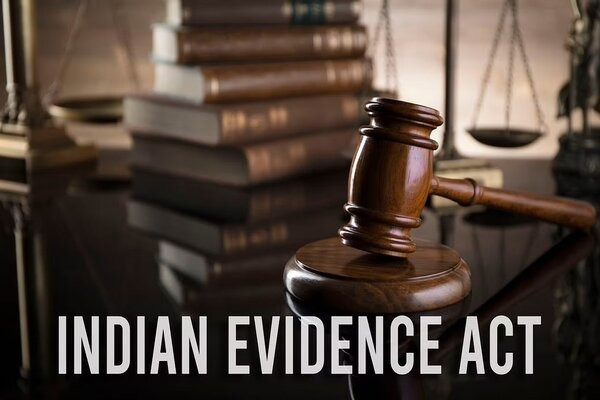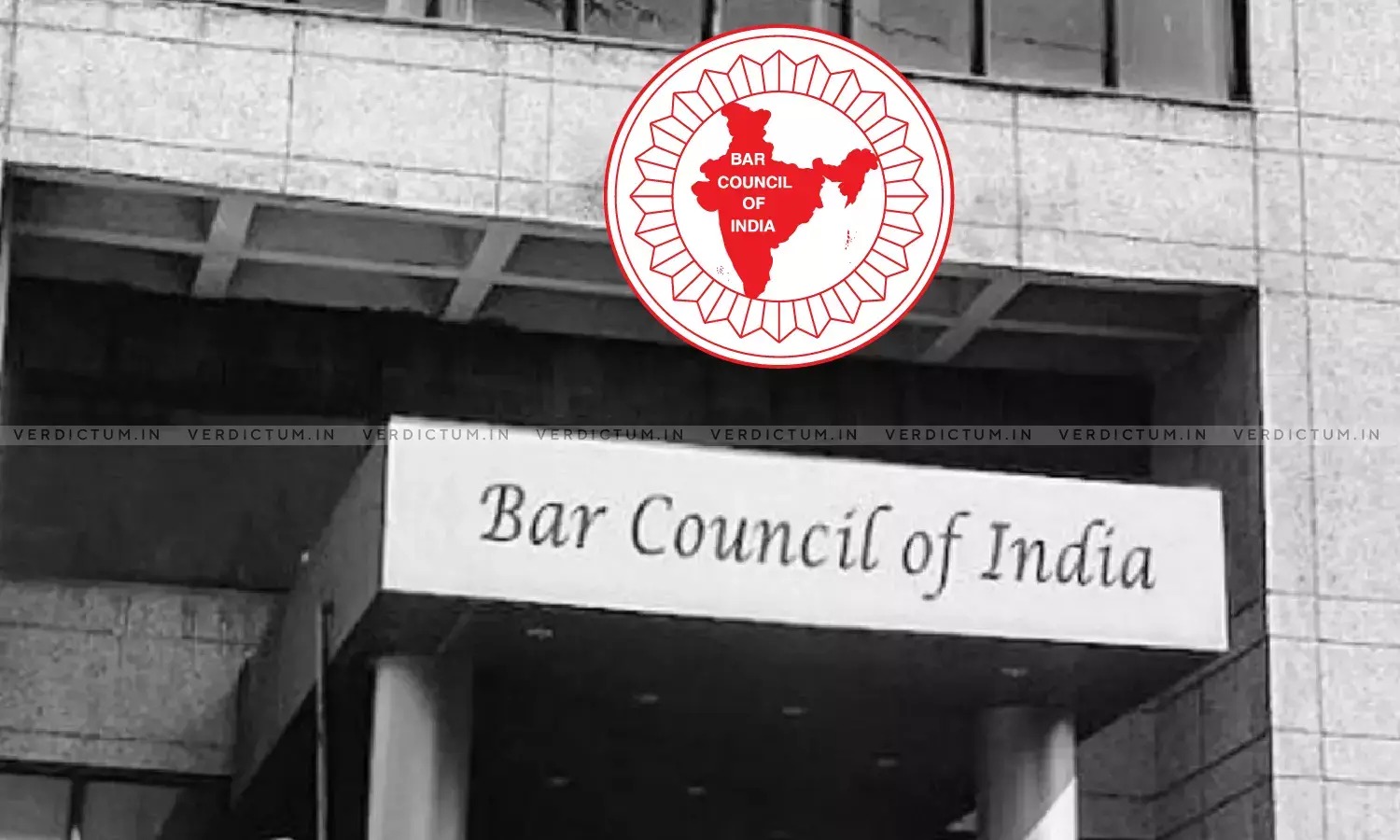P.G. Agarwal, J.@mdashHeard Mr. J. M. Choudhury, learned Senior Counsel for the appellants and Mr. Z. Kumar, learned Public Prosecutor.
2. The two appellants Mahibul Hoque and Armanul Hoque were tried for the offence u/s 302/323/324 IPC by the learned Sessions Judge, Darrang, Mangaldoi in Sessions Case No. 74 (DM)/2000. On conclusion of the trial, vide impugned order dated 26.6.2002, the appellant Mahibul Hoque was convicted under''Section 302 IPC and sentenced to imprisonment for life and to pay a fine of Rs. 5,000, in default to further imprisonment for six months. The other accused appellant Armanul Hoque was convicted u/s 323 IPC and sentenced to imprisonment for six months. Hence, the present appeal.
3. The prosecution allegation is that on 27.5.1999 while Anowar and Ikramul were driving out the cattle belonging to the accused persons from their field, the two accused appellants attacked them and caused injury. Both the injured Ikramul and Anowar were initially shifted to Mangaldoi civil hospital and thereafter Anowar was removed to Gauhati Medical College Hospital, where he succumbed to the injuries on 30.5.1999. P.W. 4 is Dr. Amar Jyoti Patowary, who held the post-mortem over the dead body and found as follows:-
"Injury No. 1 : Abrasion of size 2.0 cm x 1.0 cm. Over the medial melolus of left by covered by radish brown scab.
No. 2 : 1 stuched wound of length 4.0 cm closed by 5 Artiches of nylon, present in the left frontal region just above the left eyebrow.
No. 3 : Contusion in the scalp present over the frontal, both parietal, left temporal and left side of occipital region, colour was bluish black. The underline frontal, left parietal and left temporal bones are having communated fracture over and an X of size 10.00 cm x 14.0 cm."
4. In the opinion of the Doctor, the death was due to comma resulting from the head injury described which was homicidal in nature and ante-mortem. In the opinion of the Doctor, the injury was caused by blunt weapon.
5. P.W.- 1 is Md. Mir Hussain, and he has deposed that finding the cattle of the accused persons damaging their jute crops, the deceased Anowar went there and made protest whereupon the accused Armanul Haque and Mahabul Haque came to the place of occurrence armed with Dao and the accused Mahabul gave several blows over the head of Anowar. When the other brother Ikramul tried to intervene, he was assaulted by accused appellant Armanul. P.W.-l thereafter removed the two injured persons to hospital wherefrom Armanul was removed to the Gauhati Medical College Hospital, where he succumbed to the injuries.
6. P.W.-2, Md. Ikramul Hoque is another eye witness of the occurrence and he is one of the injured. He has fully supported the evidence of P.W.-l. In this case, the defence tried to make out a case that the land over which the dispute took place did not belong to the complainant side. The case of the complainant side is that the land belongs to Kapili Satra Masjid Committee and they had taken the said land on ''Adi'' from the said Masjid committee. Latiful Hoque, P.W.-3 is the Secretary of the said Masjid Committee and he had supported the prosecution version regarding the land given on ''Adi''., P.W.-3 is also an eye witness to the occurrence and he has also supported the evidence of P.Ws.-1 and 2. Thus, we find that there are evidence of three eye witnesses, who deposed about the assault on the deceased Anowar by Mahabul Hoque and assault on Ikram by Armanul. So far the injury on Ikramul is concerned there was no medical evidence, but considering the case u/s 323 IPC, the trial Court has convicted the accused appellant Armanul under 323 IPC, relying on the testimony of the 3 eye witnesses including the injured Ikramul.
7. The trail court has relied on the oral testimony of three eye witnesses to bring home the charge u/s 302 IPC against the appellant Mahibul Hoque - learned Sr. Advocate Mr. Choudhury has, however, submitted that the oral testimony of these two witnesses is indirect conflict with the medical evidence on record. Al the three eye witnesses have stated categorically that the appellant Mahibul was armed with a dao and he assaulted the deceased with the dao but surprisingly enough the Doctor, P.W.-4 have categorically stated that the injury No. 3 was caused by blunt weapon and commuted fracture cannot be caused by sharp cutting weapon. So far the Injury No. 1 as stated is concerned, there was abrasion which may have been caused due to fall on the ground. The Injury No. 2 was stitched would and, as such, P.W.-4 has not given any specific opinion. However, the Injury No. 3 was a contusion in the sclap of the size 10 cm x 15 cm. Medical evidence is an opinion evidence and in the case of
".... the medical evidence can hardly be relied upon to falsify the evidence of the eye witness because the medical evidence is guided by various factors based on guess and certain calculations."
8. In a later case of
"Ordinarily, the value of the medical evidence is only corroborative. It proves that the injuries could have been caused in the manner alleged and nothing more. The use which the defence can make of the injuries could not possibly have been caused in the manner alleged and thereby discredit the eye witnesses. Unless, however, the medical evidence in its turn goes, so far that it completely rules out all possibilities whatsoever of injuries taking place in the manner alleged by eye witnesses, the testimony of the eye witness cannot be thrown out on the ground of alleged inconsistency between it and the medical evidence."
9. In the present case, we find that the injured was immediately removed to Mangaldoi civil Hospital where he was given first treatment and thereafter he was removed to Gauhati Medical College where he was treated for three days. Thereafter, post mortem was conducted. P.W.-4 found the Injury No. 2 was stitched. Injury No. 2 and 3 were found in the same place, i.e., head and the only evidence of P.W.-4 is that the commuted fracture cannot be caused by a s harp cutting weapon like dao but it can be caused by any heavy weapon where impetus offeree is more. The Dao is no doubt a heavy weapon. The Inquest Report also supports the medical evidence as regards the stitched wound. In this case, the three eye witnesses have stated categorically that the appellant Mahibul Hoque assaulted the deceased with a dao. The deposition was taken in Assamese wherein the word used were ''ghap mare''. Shri Choudhury, therefore, submits that this must be by the sharp side of the dao only. We have checked the Hemkosh''s authoritative Assamese Dictionary wherein the word ''ghap mare'' has been defined as ''to strike''. It does not say that the strike must be with the s harp side of the weapon of assault. There was no specific statement of the witnesses whether the sharp side of the dao was used or the blunt side of the dao was used. If the injury was caused by using the blunt side of the dao, in that case the oral testimony of the three eye witnesses fully supports the medical evidence on record. The facts of
"If the witnesses are believed, the so called inconsistency in the opinion of the Doctors does much of its force, specially as thg appellant could have used the blunt side of the spade."
10. In this case also, we hold that the appellant Mahibul Hoque had used the blunt side of the dao to cause injury on the deceased and hence the oral testimony of the eye witnesses is not contradictory to the medical evidence on record. On the contrary, the medical evidence supports the oral testimony with the commuted fracture so caused by using the heavy weapon.
11. In view of what has been stated above, relying on the evidence of three eye witnesses and on discussing the medical evidence on record, we affirm the decision of the trial court that Mahibul Hoque was the author of the injury sustained by the deceased.
12. In the case, the dispute arose when the cattle belonging to the appellant damaged the jute cultivation of the deceased and the appellant gave as many as two blows and the deceased died after three days. As we have hold that the appellant did not use the sharp side of the dao to cause injury. We find force in the submission of the learned counsel that intention to cause death was not there. Considering the other facts and circumstances of the case that intention to cause death cannot be inferred and the act of the accused may not constitute offence of murder, as defined in Section 300 IPC. We have given anxious consideration to the above submission and hold that the act of the accused will amount to culpable homicide not amounting to murder, which is an offence punishable under Part-I of Section 304 IPC. Accordingly, the conviction of the accused Mahibul Hoque is converted to one u/s 304 Part-I IPC. So far the conviction of other appellant Armanul u/s 323 IPC is concerned, the same is maintained.
13. We have heard the learned counsel for both sides as regards the sentence. The accused Mahibul Hoque is sentenced to imprisonment for 7 years and to pay fine of Rs. 5,000, in default to further imprisonment for two months. The period undergone by impugned as U.T.P. shall be set off u/s 428 IPC. So far as the other accused Armaunl Hoque is concerned, we find that the accused appellant was convicted on 26.6.2002 and he was in jail custody for about two months at the time of investigation. The accused Armanul Hoque is, therefore, sentenced to the period of imprisonment already undergone by him. He is on bail and hence he need not surrender to the bail bond. Send a copy of the order to the Superintendent of Jail. Darrang, Mangaldoi and to the learned Sessions Judge, Darrang, Mangaldoi. Send down the records.

